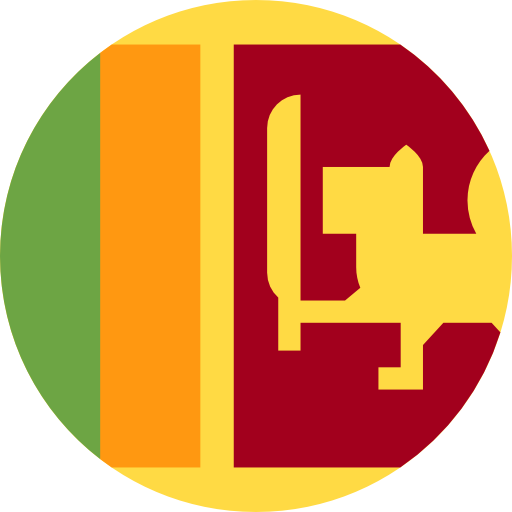
- Home
- Coin Values
- Regions
- Spot Silver Price: $61.92

Silver coins were in regular circulation in Ceylon. The values below represent the intrinsic value of silver coins from Ceylon.
Ceylon silver coins that are in uncirculated condition, or that may be rare and collectible may also have numismatic value. You can use this table as a guide when buying and selling circulated silver coins from Ceylon.
The melt values are calculated and displayed in USD based on the today's silver spot price of $61.92 per troy ounce.
| Denomination / Currency | Years Minted | Fineness | Gross Weight (g) | ASW (g) | ASW (oz t) | Melt Value |
|---|---|---|---|---|---|---|
| 10 Cents | 1892- 1917 | .800 | 1.17 | 0.94 | .0301 | $1.86 |
| 10 Cents | 1919- 1941 | .550 | 1.17 | 0.64 | .0207 | $1.28 |
| 25 Cents | 1892- 1917 | .800 | 2.92 | 2.34 | .0751 | $4.65 |
| 25 Cents | 1919- 1926 | .550 | 2.92 | 1.61 | .0516 | $3.20 |
| 50 Cents | 1892- 1942 | .800 | 5.83 | 4.66 | .15 | $9.29 |
| 50 Cents | 1919- 1929 | .550 | 5.83 | 3.21 | .1031 | $6.38 |
| 5 Rupees | 1957 | .925 | 28.28 | 26.16 | .841 | $52.07 |
The history of silver coins in Ceylon, now known as Sri Lanka, spans several centuries and reflects the island's diverse cultural and political history. Here is an overview:
In ancient times, Ceylon was known for its flourishing trade, and coins were part of this vibrant commercial activity. The earliest known silver coins in Ceylon date back to the Anuradhapura Kingdom (377 BCE – 1017 CE). These coins were primarily influenced by Indian coinage systems, especially from the Maurya and Gupta empires. They typically featured symbols like elephants, swastikas, and trees.
During the medieval period, various kingdoms such as the Polonnaruwa (1056 – 1236 CE) and Kotte (1412 – 1597 CE) continued to mint their own coins. These coins often had intricate designs and inscriptions in the native Brahmi script. Silver coins from this period are rare but highly valued by numismatists.
The arrival of the Portuguese introduced European coinage to Ceylon. The Portuguese minted silver coins known as "Larin" which were bar-shaped and often stamped with Arabic inscriptions, reflecting the influence of trade with the Middle East.
The Dutch East India Company (VOC) took control of Ceylon in the mid-17th century. They issued silver coins known as "Rijksdaalder" and "Stuivers" which bore the VOC monogram and were used extensively in trade.
When the British took over Ceylon, they introduced a standardized currency system. The Ceylon Rupee, which was based on the Indian Rupee, became the official currency. Silver coins of various denominations, including the 50 cents and 25 cents pieces, were minted and widely circulated. These coins typically featured the reigning British monarch on one side and various symbols or inscriptions on the other.
After gaining independence in 1948, Ceylon (renamed Sri Lanka in 1972) continued to use the Ceylon Rupee, later known as the Sri Lankan Rupee. While the use of silver in coins has diminished due to economic factors and the adoption of cheaper metals, commemorative silver coins are still occasionally issued to mark significant national events and anniversaries.